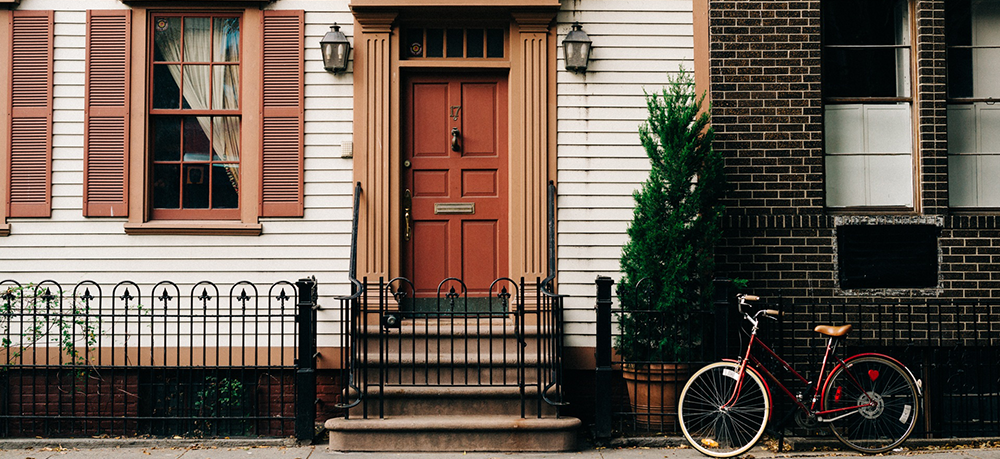
Floods can cause serious damage to properties and infrastructure, not to mention that they can also disrupt communications and put people’s life at risk.
There is a positive side to this, though – the water deposits fine silt into the soil, making it very fertile. Some farmers rely on periodical flooding to help with their farming.
If you’re not someone like that and live in an area that experiences frequent floods, it’s better to opt for another housing location. If not, it’s up to you to do all necessary preparations to minimise damage.
Table of Contents
Why Do Floods Happen in the UK?
More than 5.5 million properties in England and Wales are at a risk of being flooded. Despite the efforts of flood defence schemes, many private and commercial properties remain vulnerable.
A flood occurs when a river bursts its banks and the water spills onto the floodplain. This usually happens after a heavy rain. It’s up to the local government to take precautionary measures, such as raising and strengthening the banks, planting more vegetation in the area (plants and trees intercept precipitation), etc.
Flood management requires a lot of professional touch, from river engineering to afforestation to urban development planning, and often times the humble property owners need to prepare for the flood themselves.
How to Make your Home Safe from Floods
- Safeguard electrical and climate systems. Raise switches, sockets, circuit breakers, and wiring at least one metre above the expected flood level. This way, if your property gets flooded, you minimise the chance of a short circuit. Same goes for the outdoor electrical and climate systems.
- Catalogue possessions. Keep a picture catalogue with descriptions of every object you value and store it on a USB drive or a Cloud storage.
- Modify water valves. If your sewer systems get flooded, this can cause sewage water to back up into your property. To avoid that, you can install an interior or exterior backflow valve on all pipes entering the house.
- Raise your home on piers. This is a costly option, but if you can afford it, don’t hesitate to strengthen your safety. If you raise your home to the point where the lowest floor is above the flood level, you might not need to take any other precautionary measure ever.
- Install foundation vents. This would allow water to flow through the building instead of building up inside and causing damage. You’d need at least 2 vents on different walls.
- Fix leaks and cracks. Leaky roofs and foundation cracks allow water to get into your home, weaken the structure of your property, and cause mold to appear. Don’t delay the repair of such small damages as they can open the door to even more unpleasant headaches. If you don’t have the time to fix them yourself, you can always call a professional.
- Invest in a battery-powered sump pump. This technological wonder pumps water out of your home and can be an excellent defence against flooding. Some are powered by electricity, so they will be useless if the flood has caused the power to black out, which is why it’s best to get a battery-powered one.
- Install French drains. If your property is placed on a slope and has a persistently wet basement or soggy lawn, a French drain will divert the water safely away from your house.
Need a Handyman?
Enter your postcode to view our rates and availability in your area.
For questions about the services we offer visit our main site or you can always call us at 020 3404 4045
How to Prepare for a Possible Flood Quickly
Here are some last minute things you can take care of immediately when you hear an announcement about a flood in your area.
- Shut off electricity!
- Clear gutters, drains, and down spouts. The last thing you want is any pipe to get clogged with garbage.
- Move what you can to upper floors or attics. Things like electronics, carpets, light furniture, and other belongings should be placed in an area other than the ground floor.
- Block doorways with sandbags. It’s a good idea to stock up on sandbags ahead of time as they’re quite handy against flooding.
- Protect valuables. If you have important documents, jewellery, and other irreplaceable items, it’s best to have them with you at all times. Make sure to pack them in waterproof bags to keep them from becoming damaged.
- Make a list of useful contacts. In case your phone gets damaged, it’s best to have some important phone numbers written on a laminated piece of paper that is with you at all times. Numbers of friends and family, your home insurance provider and policy number, as well as the Floodline should be there.
- Pack a kit of essentials. Put together an emergency box with the ID cards of all members of your family, birth certificates, medicine, some packed food, and a change of clothes for everyone.
- Stay informed. Have a communication device with you at all times. You need at least a radio to check the weather forecast and make sure you’re up to date with what is happening in your area.
How to Minimise Flood Damage in the Future
- Install water-resistant doors and window frames. Investing in water-resistant doors and windows will extend the life of your property.
- Instead of wood or laminate flooring, use concrete and tiles. Although wood is a more attractive flooring option, it’s not durable against water damage, and a rotting floor is not something you wish to step on every day. Tiles and concrete will ensure your safety, and they can also come in nice patterns to please the eye.
- Replaster internal walls with lime or cement. Yet another precautionary measure involving water resistance – replastering your walls will strengthen the inner structure of your home.
For more information on flood preparation, visit the Environment Agency’s flood warning service. You can also take a look at the National Flood Forum – a charity representing people living in high-risk areas.
Image source: Interior Design/shutterstock.com




Leave a Reply